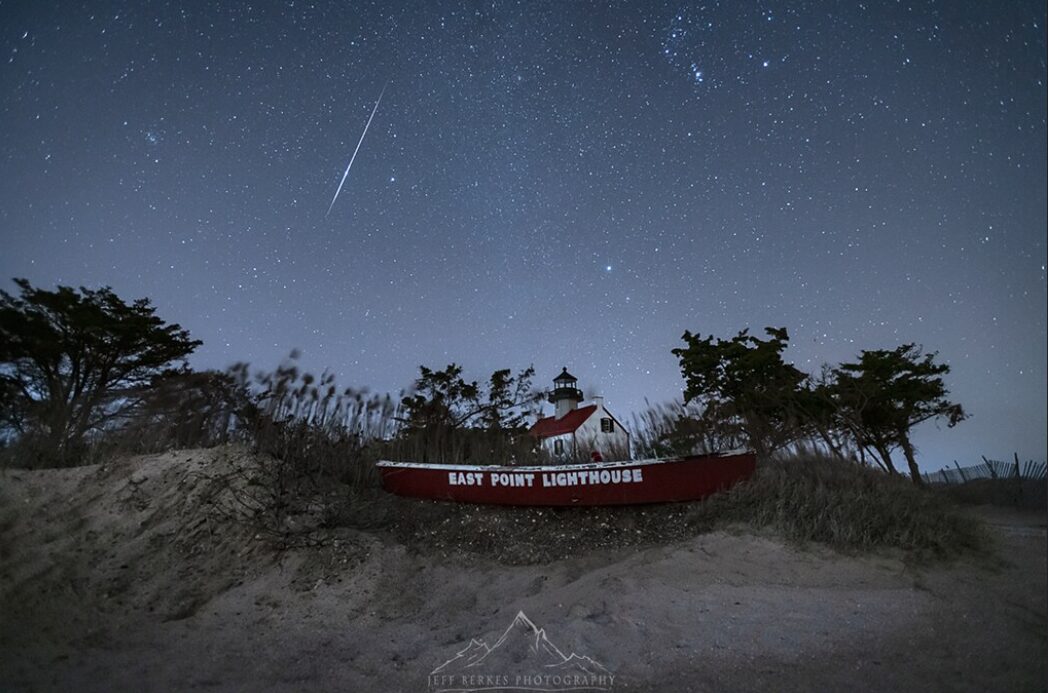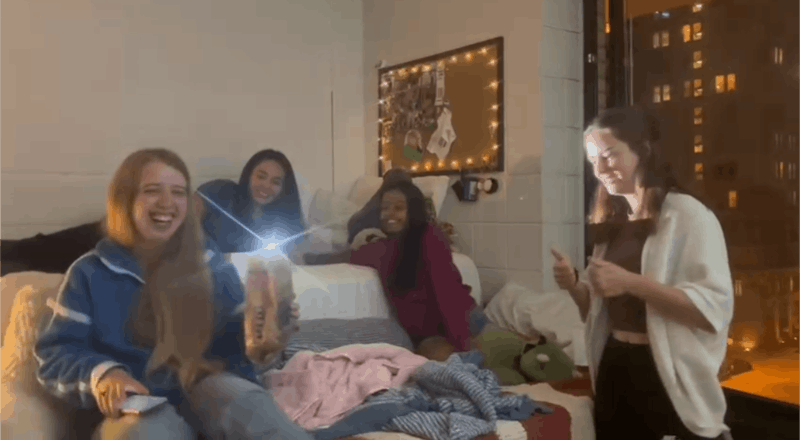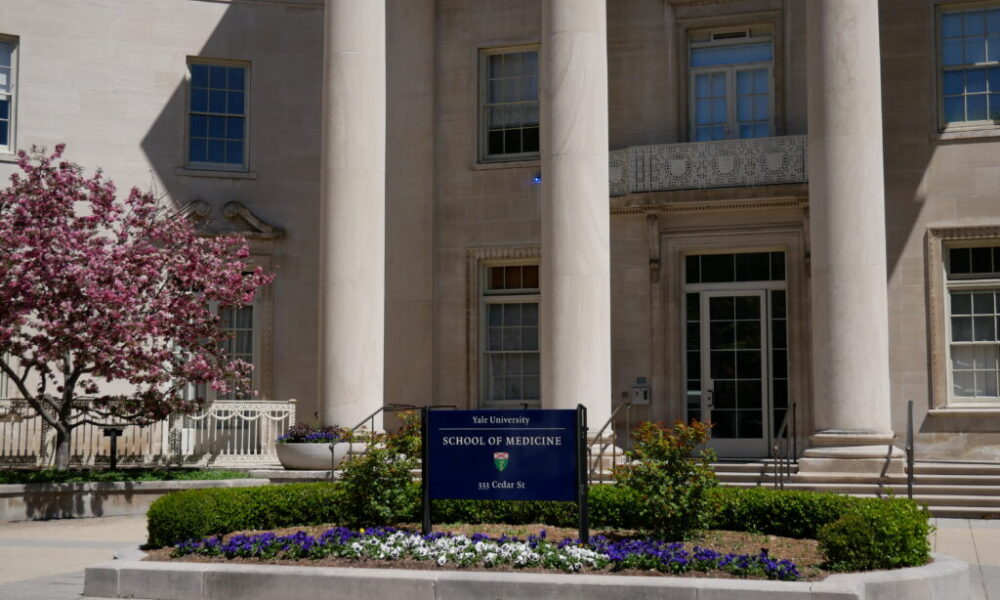Early Monday morning, stargazers will have the opportunity to observe the annual Leonid meteor shower, with the potential for an additional auroral display. Although 2025 is considered an off year for this meteor shower, favorable conditions may enhance the viewing experience.
The Leonid meteors are expected to peak early on November 17, 2025, with the radiant point located in the northeast sky. Observers should note that the Moon will be a slim 6% waning crescent and will rise only two hours before sunrise, providing a darker sky for meteor viewing. While the shower typically produces fewer meteors during off years, the phase of the Moon in 2025 is advantageous for visibility.
The Leonids originate from the periodic comet 55P/Tempel-Tuttle, which has a 33-year orbit around the Sun. Historically, the shower has produced spectacular displays, including storm levels of over 1,000 meteors per hour during peak years. Notable Leonid storms occurred in the late 1990s, particularly in 1998 and 1999, when observers in Kuwait witnessed fireballs illuminating the night sky.
In addition to the meteor shower, there is a possibility of an auroral event, triggered by a recent X-class solar flare from sunspot region AR 4274. Although this sunspot is now rotating away from Earth, it may still affect space weather conditions on the night of November 16/17, potentially resulting in auroras visible further south than usual. The recent storm on Veterans Day extended auroral sightings as far south as Florida and Hawaii, making this a noteworthy opportunity for skywatchers.
Historical Significance of the Leonids
The Leonid meteor shower has fascinated astronomers and the public alike for centuries. Records of the Leonids date back to 902 AD, with significant events documented throughout history. The stunning display in 1833 startled many on the U.S. Eastern Seaboard, as the sky appeared filled with shooting stars. This remarkable event sparked interest in meteor science and fundamentally changed the understanding of meteors as atmospheric phenomena.
The shower reached a remarkable peak in 1966, when observers reported an astonishing 160,000 meteors per hour. Walt Whitman, an American poet, may have witnessed the Leonids during his youth, and his poem *Year of Meteors 1859-1860* has often been associated with these celestial events.
Viewing Tips and Expectations
For those interested in viewing the Leonids, preparation is key. Finding a dark location away from city lights will enhance the experience. Stargazers may also try tuning their radios to hear the “pinging” sounds of meteors entering the atmosphere.
Although this year may not produce the breathtaking displays seen in peak years, the combination of the Leonids and the potential auroras makes for an exciting night of observation. As we approach 2033, when another peak is expected, this event serves as a reminder of the wonders of our cosmos.
For those planning to watch the skies, the best time to observe will be in the early hours of November 17. Keep an eye out for the spectacular interplay of meteors and possibly even the aurora overhead, as nature puts on a show for all to see.







